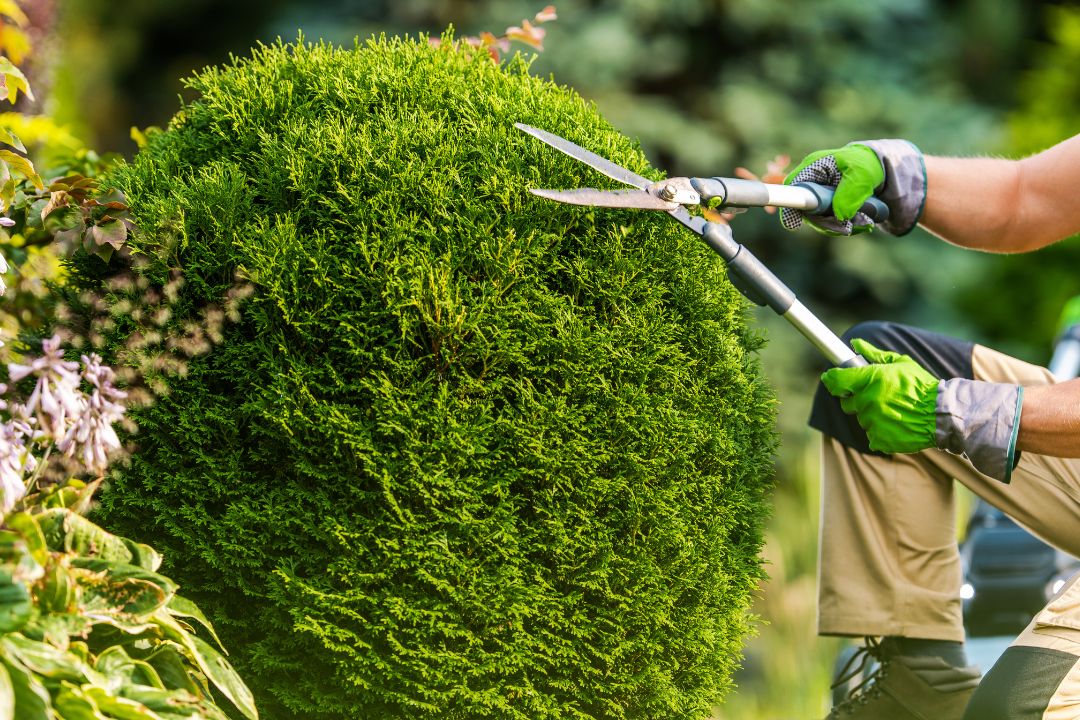All Categories
Featured
The removal of trees can develop open spaces that are prone to weed invasion. When trees exist, their thick covers frequently shade the ground, limiting the amount of sunshine that gets to the dirt. Nonetheless, after the removal of trees, these open locations obtain raised sunshine, offering ideal conditions for weed growth.

To combat weed intrusion and maintain the honesty of the ground, professionals in tree removal can provide valuable suggestions on reliable weed administration approaches. They may suggest making use of mulch, which acts as a safety obstacle on the soil surface, protecting against weed seeds from sprouting and suppressing weed growth.

The existence of trees fosters a rich and varied neighborhood of soil microorganisms. Tree origins give a resource of raw material, exudates, and nutrients that support the development and activity of useful soil microorganisms. When trees are eliminated, the lack of their origins can interrupt the delicate balance of the soil's microbial community.
What Is The Best Arborist Wollongong App?
This adjustment in pH can influence nutrition schedule, microbial activity, and total soil health. To deal with the impacts of tree reducing on dirt pH, tree elimination professionals can offer important advice. They may recommend soil testing to analyze the current pH levels and figure out the required modifications. Based on the results, professionals can recommend pH change methods, such as including lime to elevate dirt pH or integrating important sulfur to decrease it.

It refers to the compression of dirt particles, resulting in lowered pore space and raised soil thickness. This compaction can negatively influence the dirt's capacity to work ideally, influencing its water-holding ability, nutrient accessibility, and origin infiltration. Appropriate techniques used by tree elimination experts can help reduce compaction and preserve the dirt's capacity to keep water, and permit appropriate air movement and mindful devices handling.
Latest Posts
What Is The Best Tree Removal Wollongong Area Company?
Who Is The Best Palm Tree Removal Wollongong Service?
How Much Does Wollongong Council Tree Removal Service Cost?